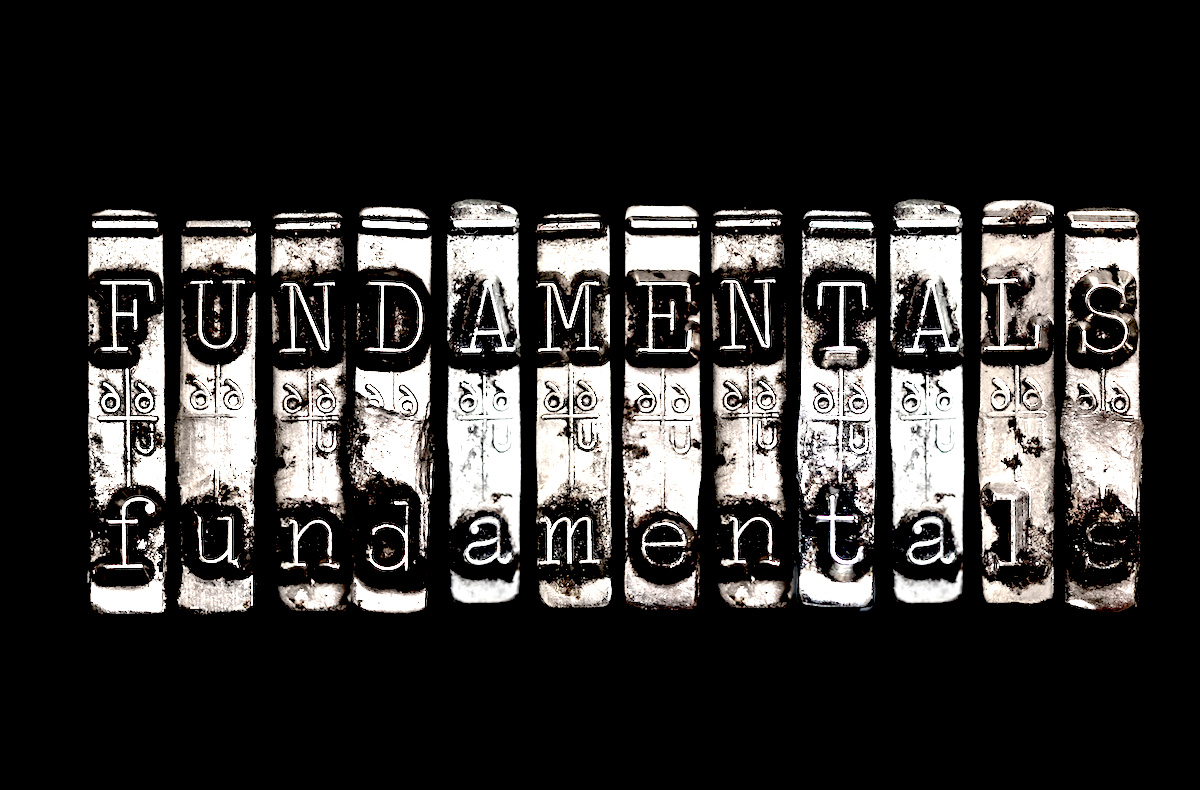Energy and Natural Resources Market Cheat Sheet (July 4, 2011)

Strengths
- Crude oil futures (West Texas Intermediate) closed higher by 4 percent to just under $95 per barrel this week as investor sentiment improved following progress in the Greek parliament. Also, the market digested news last week out of the IEA that it would release 60 million barrels of oil from strategic petroleum reserves.
- Japanese aluminum shipments rose 1.9 percent month-over-month and 0.8 percent year-over-year to 166,885 tons in May, despite a drop in flat rolled product shipment due to the drop in auto output following the earthquake and tsunami in March.
- Chile’s industrial production rose by 9.7 percent year-over-year in May, beating consensus estimate of 6.5 percent. Industrial sales increased 6.9 percent in May, compared with consensus at 5.6 percent.
- Japan’s output of rolled copper products rose 2.4 percent in May from April as strong demand for environmentally friendly air conditioners offset weakness in chips and cars.
- According to German Steel Federation, crude steel output in Germany will rise about 4 percent to 45 million tons in 2011 on demand from carmakers and machine builders.
- The latest Indian data for May placed oil demand at 3.25 million barrels per day, the second highest ever, constituting a year-over-year increase by 5 percent of 154 thousand barrels per day.
Weaknesses
- Corn futures fell 4 percent to $6.40 per bushel this week after the USDA surprised the market with a bearish stocks and acreage report. However, uncertainty remains over the accuracy of the acreage survey, and the USDA announced it will resurvey growers in four states in July.
- Domestic refined zinc production in China fell by 6.7 percent year-over-year in May as smelters cut utilization rates in the face of weak demand and low prices. The weak production and rising Shanghai Futures Exchange inventories reflect a fall in demand by 2 percent year-over-year from the oversupplied galvanized steel sector.
- Japan’s refined copper exports plunged 52 percent in May from a year earlier to 23,764 tons for the eighth month of year-over-year decline, according to the Ministry of Finance.
- As a result of rains in southeastern Brazil, sugarcane harvesting slowed down in the first half of June. Mills in Brazil’s center-south region crushed 34.59 million tons of sugarcane, down 13 percent year-over-year, and sugar production fell 14 percent to 1.99 million tons while ethanol output fell 16 percent.
- Exports from Orissa’s Paradip Port, the second largest in India, declined by 13.6 percent year-over-year the past quarter. Orissa state, India’s largest iron ore producing region, saw a four-fold increase in export taxes, and local government restrictions remain stringent.
Opportunities
- According to the Bombay Bullion Association, India may import about 20 metric tons to 25 metric tons of gold this month, unchanged from a year earlier.
- The Chinese Ministry of Finance announced this week the reduction and removal of import duties on oil products, effective July 1, to ensure sufficient supply ahead of peak summer demand. Import duties on jet fuel and diesel will be abolished, from current levels of 9 percent and 6 percent, respectively. The import duty on gasoline and fuel oil will be reduced to 1 percent.
Threats
- BHP Billiton is facing labor strikes at its Australian coking coal mines as a second offer for paid meetings with workers was rejected this week. The Construction, Forestry, Mining and Energy Union, the Australian Manufacturing Workers Union, and the Communications, Electrical and Plumbing Union have applied to extend the period for workers to hold industrial action for another month.
- Sugar mills in India, the world’s second biggest producer of sugar, is seeking to export more after winning government approval to ship 500,000 metric tons, potentially widening global supplies and lowering prices.
- Russian state rail operator (RZhD) is set to hike railcar tariffs by 4.6 percent in July, following a 4.6 percent rise in January. Rising transportation costs are already hurting Russian coal producing companies and hurting the countries’ export potential with exporters struggling to match alternatives.
- National Aluminium, India’s third-largest producer may have to cut output by as much as 10 percent this fiscal year because of a coal shortage. Production may drop to about 400,000 metric tons in fiscal year 2012 from 443,600 tons a year earlier. Coal India, which provides about 80 percent of the fuel National Aluminium needs for its power plant, may fail to meet a supply contract.












